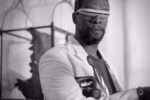In New York, the exhibition Radical Presence: Black Performance in Contemporary Art was split between the Grey Art Gallery at NYU (from Sept. 10 – Dec. 7, 2013) and the Studio Museum in Harlem, where it remains on view until March 9, 2014. It does a particularly good job with the challenge inherent to presenting performance art in museums: that the galleries are inevitably filled with relics from or documents of the performances, which have already taken place elsewhere.
Works spanning continents and generations
Both the Grey and Studio Museum presentations had considerable liveliness and even presence, with performances represented through photographs and video, as well as substantial and interesting props and sets. Both institutions also hosted actual performances by a number of the artists throughout the exhibition period. The exhibition is supported by a particularly extensive and useful website, which includes information on each artist, audio interviews, video roundtables, and video documentation of numerous performances. It is a remarkable resource.
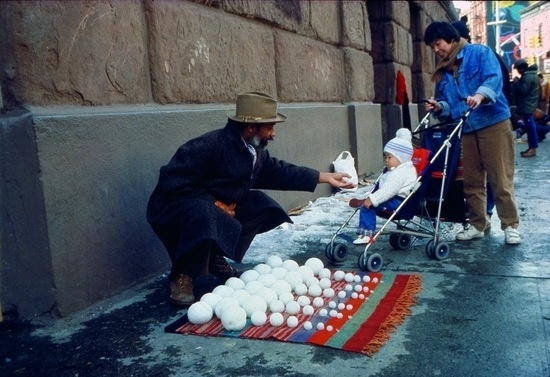
Both exhibition and catalog do an outstanding job of bringing together a broad range of artists from three generations. The artists are based in cities across the country, from Houston to New York, Philadelphia, Colorado Springs, and Irvine, CA, and two live in Germany. Several have received a fair amount of attention in mainstream art galleries and museums (David Hammons, Lyle Ashton Harris, Kalup Linzy, Adrian Piper), but others (Jamal Cyrus, Sherman Fleming, Ulysses Jenkins, Tameka Norris) are not household names in Chelsea.
Wide-ranging approaches to performance
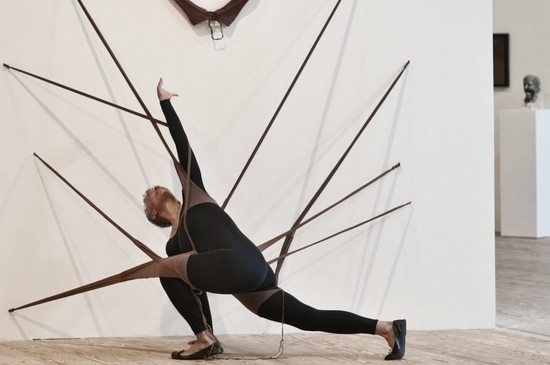
Their work, as with performance art in general, is conducted in a broad variety of circumstances: David Hammons’, Carrie Mae Weems’ and Dread Scott’s activities became part of the street life of New York; Lorraine O’Grady, in the guise of “Mlle. Bourgeoise Noire,” was an uninvited presence at various art openings; Papo Colo made urban peregrinations that may only have been witnessed by the photographer he engaged; Coco Fusco and Kalup Linzy performed for the video camera; Jayson Musson made videos intended for web viewing; and several artists, including Clifford Owens, Terry Adkins, and Trenton Doyle Hancock, perform in front of willing, art-world audiences. Some artists, such as Theaster Gates and Ben Patterson, actively engage these voluntary audiences in discussions or scripted activities. The tone of their work ranges from provocative to humorous, pedagogical to satirical. Some of the performances are feats of endurance, while others are situation- and audience-dependent in both timing and content.
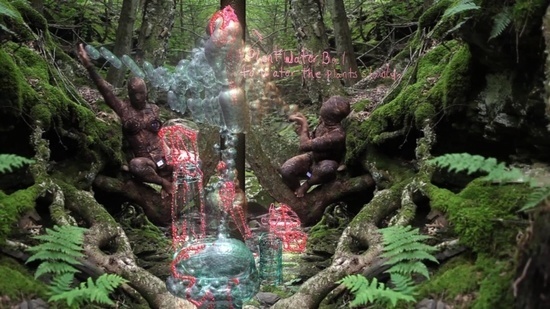
Oliver’s eye for unknown artists
The exhibition was curated by Valerie Cassel Oliver, who has already enriched and expanded the discussion of contemporary art, both ethnically and geographically, with exhibitions such as Double Consciousness: Black Conceptual Art Since 1970 in 2005, and Reloaded: Black Women Artists and the Moving Image in 2007. Once again, Oliver has brought together a group of artists who deserve more attention than they have received from the still primarily white, New York/L.A.- based decision-makers who establish the current canon.
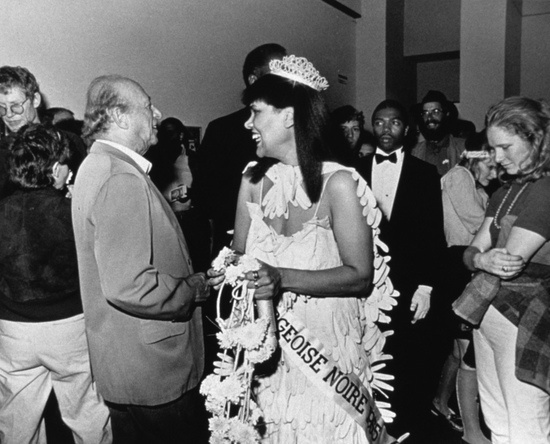
Radical Presence: Black Performance in Contemporary Art was organized by the Contemporary Arts Museum Houston, and ends its tour this summer at the Walker Art Center, Minneapolis. In addition to Oliver’s essay, the catalog includes contributions by Yona Backer, Naomi Beckwith, Tavia Nyong’o, Clifford Owens, and Franklin Sirmins. Each of the 37 artists is represented with a biography and double-page spread of illustrations, and the catalog includes a bibliography.
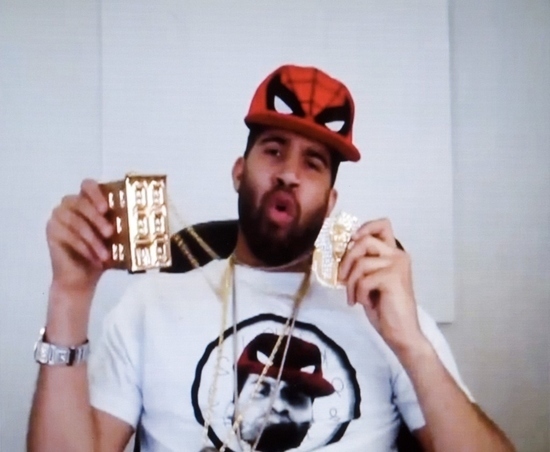
Besides the artists already mentioned, the exhibition includes Derrick Adams, Jean-Ulrick Desert, Zachery Fabri, Chitra Ganesh and Simone Leigh (collaborating as Girl), Maren Hassenger, Wayne Hodge, Satch Hoyt, Ulysses Jenkins, Shaun El C. Leonardo, Dave McKenzie, Senga Nengudi, Adam Pendelton, Pope L., Rammellzee, Jacolby Satterwhite, Xaviera Simmons, Sur Rodney (Sur), and Danny Tisdale.





